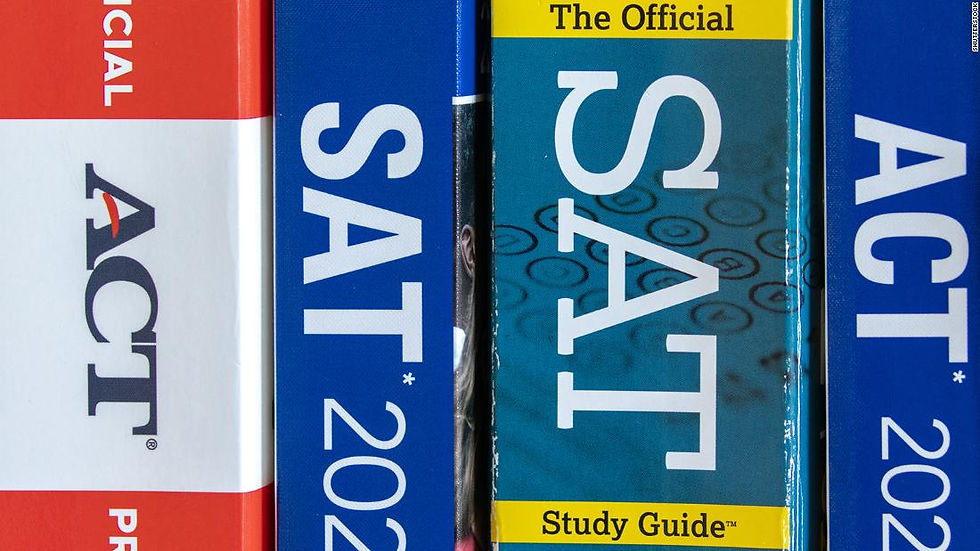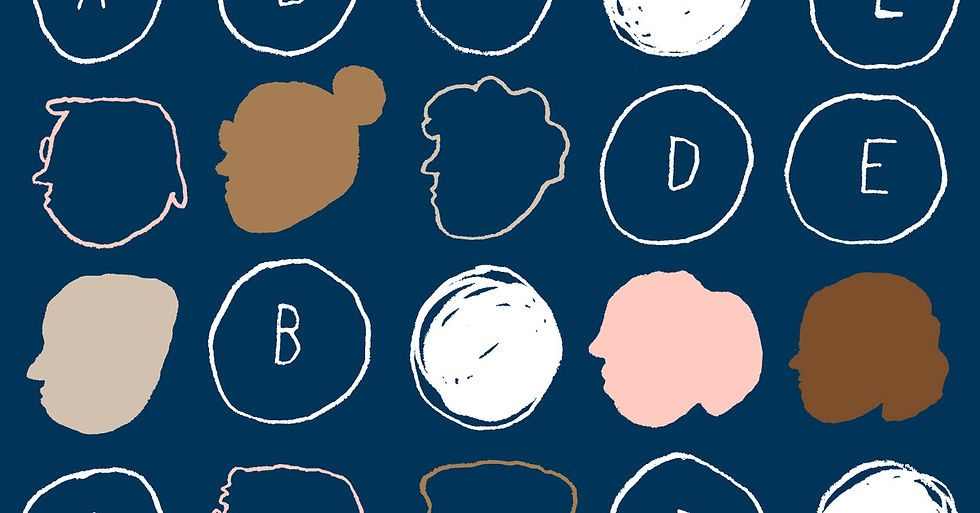The Racist and Classist History of Standardized Testing
- Ave Doster '22
- Mar 5, 2021
- 3 min read
Updated: Sep 18, 2021
By Ave Doster '22
As a current high school junior, there is one obligation that is constantly looming over the heads of me and my peers ever since we’ve been aware of it: standardized tests. Whether this be the SAT, ACT, AP Exams and so forth, these tests feel as though they are an incredibly large part of what our education has been leading up to thus far. It is the moment where we’ve been told to prove that we’ve learned something, that we have been successful and will continue to be in college. But what were these standardized tests really created for? And what do they really “test?”

To really understand standardized tests and why they have become such an important part of the college admissions process today, it is important to know where they came from. The SAT started with psychologist Carl Brigham. Brigham was initially the creator of a test to attempt to prove that Black people, recent immigrants, and other nonwhite people, were not as smart as white people. He used these wrong and racist findings to try and discourage mixing between races, to prevent intelligent white people from being “tainted.” It is this racist psychologist, Carl Brigham that created what we know today as the SAT. The test grew from only being used at a few selective colleges and universities for admissions in the 1940s, to eventually being taken by nearly every high school student today.

Not only does the SAT sprout from a history of racism, but today it plays a large role in upholding a system of classism that exists within higher education and beyond. This is demonstrated in the large gap in SAT scores when they are compared by household income. Lower income students score significantly lower than wealthier students, despite being just as smart. This is due to lack of resources (like test prep and well-funded schools) that lower income students have to manage without. Students born into difficult financial situations who have lower SAT scores may get accepted into less selective colleges and not be able pursue a more lucrative career, perpetuating this cycle for their children and further generations. The SAT is, of course, not to blame for all of America’s problems of inequality, though it arguably plays a role in upholding this inequality within the college admissions process. I believe education should be accessible and a place of learning, not a place of exclusion and elitism.

Due to the coronavirus pandemic, many colleges and universities are beginning to shift to a new test-optional policy when it comes to SAT and ACT scores. This change is quickly taking place largely because of how the pandemic is so widely affecting students' ability to reach test centers and general accessibility for these tests. The shift is taking place everywhere, from community colleges to Ivies like Columbia University. This is a wide scale shift that may impact all students who are currently and soon applying to colleges. Such a sudden change brings about new questions: Will these new policy changes positively affect college admissions in the foreseeable future? And if so, why hasn’t it been this way all along?
For many students, this new flexible outlook on standardized tests can be confusing, especially after spending such a large portion of our lives waiting to have the opportunity to prove ourselves on these exams. How much time should I spend preparing for this test if it isn’t weighted as much anymore? What if I’m a good test taker and still want my scores to mean something? There are currently a lot of questions left unanswered. But what we do know is that, at least right now, we’re gradually entering a world of education where there is less emphasis on standardized tests. Perhaps this can be an opportunity to expand discourse on standardized tests and think about in what ways they help us, and in what ways they may not.
Sources:
Editors: Ms. Brilliant, Cecilia Fiorindo, and Kylie Smith
Fair Use Disclaimer
The images and contents in this article are under Fair Use: Copyright Disclaimer Under Section 107 of the Copyright Act in 1976; Allowance is made for "Fair Use" for purposes such as criticism, comment, news reporting, teaching, scholarship, and research. Fair use is a use permitted by copyright statute that might otherwise be infringing. Non-profit, educational or personal use tips the balance in favor of fair use.
All rights and credit go directly to its rightful owners. No copyright infringement intended.




Comments